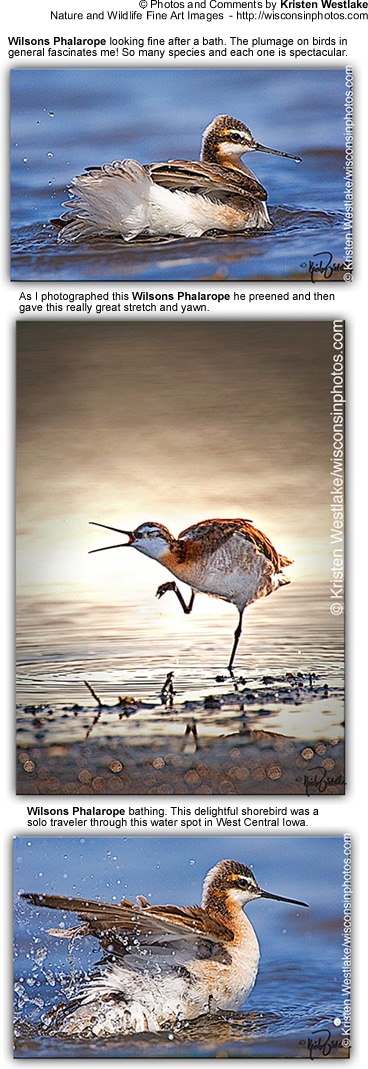Pallid Swifts
The Pallid Swifts (Apus pallidus) is a small bird, superficially similar to a Barn Swallow or House Martin. It is, however, completely unrelated to those passerine species, since the swifts are in the order Apodiformes. The resemblances between the groups are due to convergent evolution reflecting similar life styles.
Swifts have very short legs which they use only for clinging to vertical surfaces. The scientific name comes from the Greek απους, apous, meaning “without feet”.
They never settle voluntarily on the ground. Swifts spend most of their lives in the air, living on the insects they catch in their beaks. They drink on the wing.
Range
Pallid Swifts breed on cliffs and eaves around the Mediterranean and on the Canary Islands and Madeira, laying two eggs. Like swallows, they are migratory, winter in southern Africa or southeast Asia.
They are rare north of their breeding areas, although they are likely to be under-recorded due to identification problems. Because of its more southerly range, Pallid Swift arrives earlier and leaves later than the closely related Common Swift, so particularly early or late swifts north of the normal range should be carefully observed.
Description
This 16-17 cm long species is very similar to the Common Swift, and separation is only possible with good views. Like its relative, it has a short forked tail and very long swept-back wings that resemble a crescent or a boomerang.
It is entirely dark except for a large white throat patch which is frequently visible from a distance. It is chunkier and browner than Common Swift, and the slightly paler flight feathers, underparts and rump give more contrast than that species. It also has a scalier looking belly and subtly different flight action.
The call is a loud dry scream similar to that of its relative, though possibly more disyllabic.



